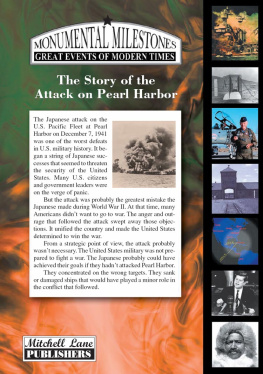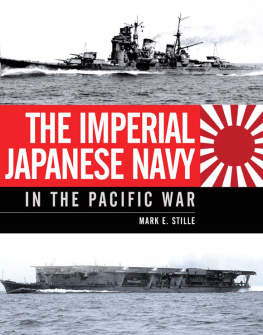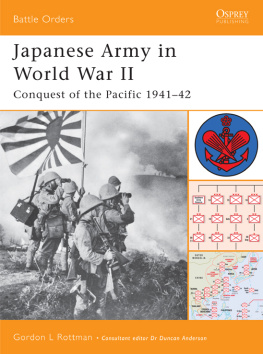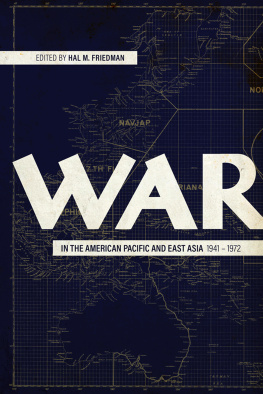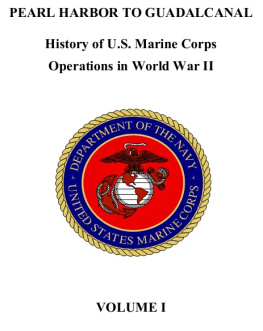THIS BOOK WAS DIGITALLY PRINTED.
MAPS & ILLUSTRATIONS
Maps
Oahu
The Philippines
Luzons Military Installations, Including Manila Bay Defenses
Illustrations
U.S. soldiers in mess line at Waikiki, with Diamond Head in the background (1898)
U.S. troops destroying Moro cotta, Mindanao, P.I. (1901)
Soldiers in the Philippines (c. 1900)
Parade of 25th Infantry Regiment in Honolulu (191315)
U.S. soldiers in Hawaii, 191315
Firing of 14-inch coast artillery gun at Fort DeRussy, Oahu (1920s)
Fort Drum, Manila Bay, the concrete battleship
Firing of 12-inch coast defense gun at Fort Mills, Corregidor (1930s)
Firing of 16-inch coast artillery gun at Pearl Harbor (1940)
Troops with 155-millimeter gun in Oahu Mountains (1930s)
Beach defense troops preparing to fire 155-millimeter gun (1930s)
Antiaircraft gun camouflaged with sugarcane, Hawaii (1933)
P-12C pursuit planes over Oahu (early 1930s)
Fort Kamehamehas champion boxing team, Oahu (1940)
Soldier on guard in front of Diamond Head (1938)
PREFACE
The central question for any study of the U.S. Army in the Philippines and Hawaii is why, with almost four decades to prepare, these military forces proved unable to defend the nations Pacific possessions against Japan. Traditionally, the approach to this question has been to focus on the events immediately preceding the Japanese attacks of 78 December 1941. Historians, both academic and popular, have culled through mountains of documentation seeking to piece together the chain of eventsor the web of deceitthat led to the day of infamy. In the process, they have created new mountains of documentation on the Bomb Plot or winds execute messages, blaming or defending anyone from President Roosevelt to obscure radar operators, and offering explanations ranging from simple human error to international cabals or the fundamental differences in Japanese and American culture. The annual appearance of yet another best seller demonstrating some dark conspiracy, predicated on some heretofore overlooked radio broadcast or cocktail conversation, indicates the enduring interest in the genesis of the attack. But fixing on the period immediately before it unfairly casts the nations forces in Hawaii and the Philippines in the role of somnolent victims passively awaiting the onslaught. Historians, preoccupied with investigating the event, have largely overlooked the decades that preceded it.
This book seeks to offer a somewhat longer perspective through a narrative history of the U.S. Army in Hawaii and the Philippines from 1902 to 1940. Its focus is restricted to the military forces in the two Pacific territoriesthere is little mention of the troops in China or Panama, or of naval and diplomatic issues, or of the events immediately preceding the outbreak of warand its task is not to delineate the road to Pearl Harbor, but to illuminate the numerous paths the army trod in its long search for a viable Pacific defense. Contrary to popular belief, the Japanese attack did not catch soldiers unaware. Indeed, the army was like the boy who cried wolf. For years it had foreseen both the threat and its own inability to ward it off. The history of the Pacific Army is, in many respects, a history of why the obvious did not happenof why sensible precautions were omitted, why prescient solutions died stillborn, why evident protective measures were ignoredas Sherlock Holmes astutely noticed, why the dog did not bark. Thus it seeks less to explain what the U.S. Army should have done, than what it did, or failed to do, and why. For that reason, it is as concerned with Honolulu and Manila as with Washington, as interested in beach defense tactics as grand strategy, as curious about how the army dealt with threats that never materialized as how it failed to deal with the one that did.
To facilitate this inquiry, the book focuses on five major themes. The first of these is an exploration of the U.S. Armys strategic thinking about the Pacific. It discusses not only the various twists and turns in this thoughtas evidenced by declarations of policy, war plans, and projectsbut also the constant tension between those who saw defense of the Pacific possessions as one of the armys primary missions and those who insisted that overseas considerations be subordinate to continental defense. Imperialist officers such as Leonard Wood and Douglas MacArthur argued that the security of the United States depended on trade and power projection in the Far East, which in turn depended on a strong permanent presence in the western Pacific and on military forces ready for immediate deployment overseas. They recognized that only possession of the archipelago, or at least Manila Bay, would allow the United States to avoid a prolonged and perhaps indecisive Pacific war and to launch immediate operations against the Japanese Empire. Often they developed an emotional commitment to the territories and considered themselves honor bound to protect a dependent and vulnerable people. Thus the Philippines were valuable not just for strategic or commercial reasons, but as transfer point for American values and institutions to Asia, and Hawaii was essential as an assembly site for ships and troops moving into the western Pacific. Their opponents sought to restrict the American defense perimeter to Hawaii and perceived the Philippines as a dangerously exposed and strategically unimportant outpost. Hawaii, in this view, was essential not as a staging area, but as the outer bastion of continental defense. In part a reflection of the much broader argument between isolationism and interventionism, in part a very specific military debate over the utility of forward deployment and overseas bases, it remains a problem to this day.
The second theme concerns the practical, or tactical, aspects of Pacific defense. For almost four decades the central question in the Pacific was unchanged: how to defend distant, militarily weak possessions against a strong and aggressive regional power. Although the source of the threat remained constant, its appearance changed repeatedly: no sooner had the army resolved the problem of ship bombardment than it was threatened with land invasion; no sooner had it developed tactics for guarding the beaches than it faced the specter of aerial raids. Moreover, American political leaders insisted on retaining foreign garrisons and pursuing active, even confrontational policies against Japan, but refused to fund either the armament or manpower required to make these policies good. The U.S. Navy proclaimed that a Pacific fleet was essential to protect vital economic and strategic interests, and that this fleet depended on bases in the Philippines and Hawaii; but it refused to guarantee their safety or even commit itself to their defense. Unable to secure sufficient support from either its political superiors or its naval colleagues, the armys role in the Pacific was all too accurately summarized by a senior officer in 1907 as to hold the bag for the nations venture into imperialism and seapower.



